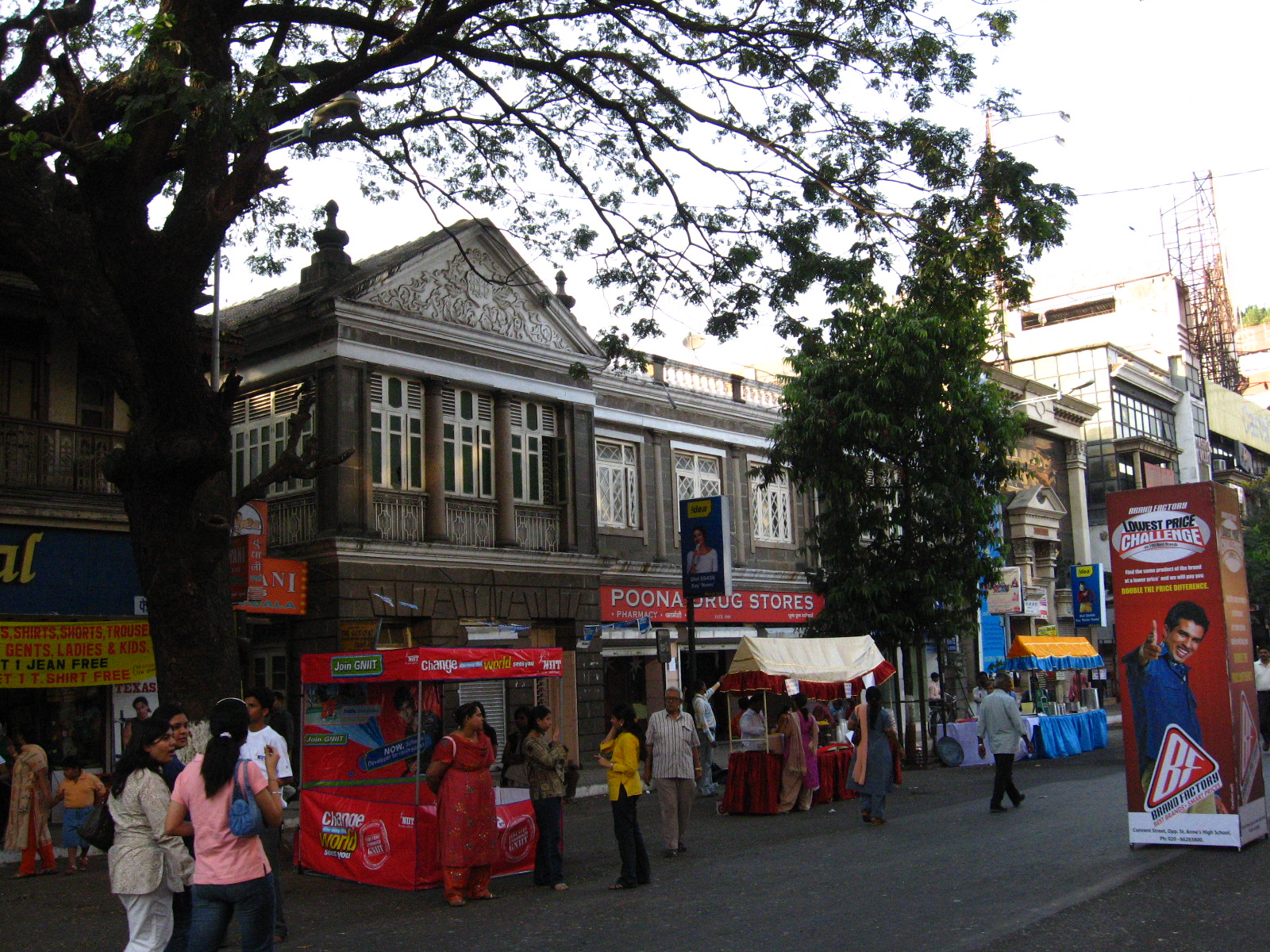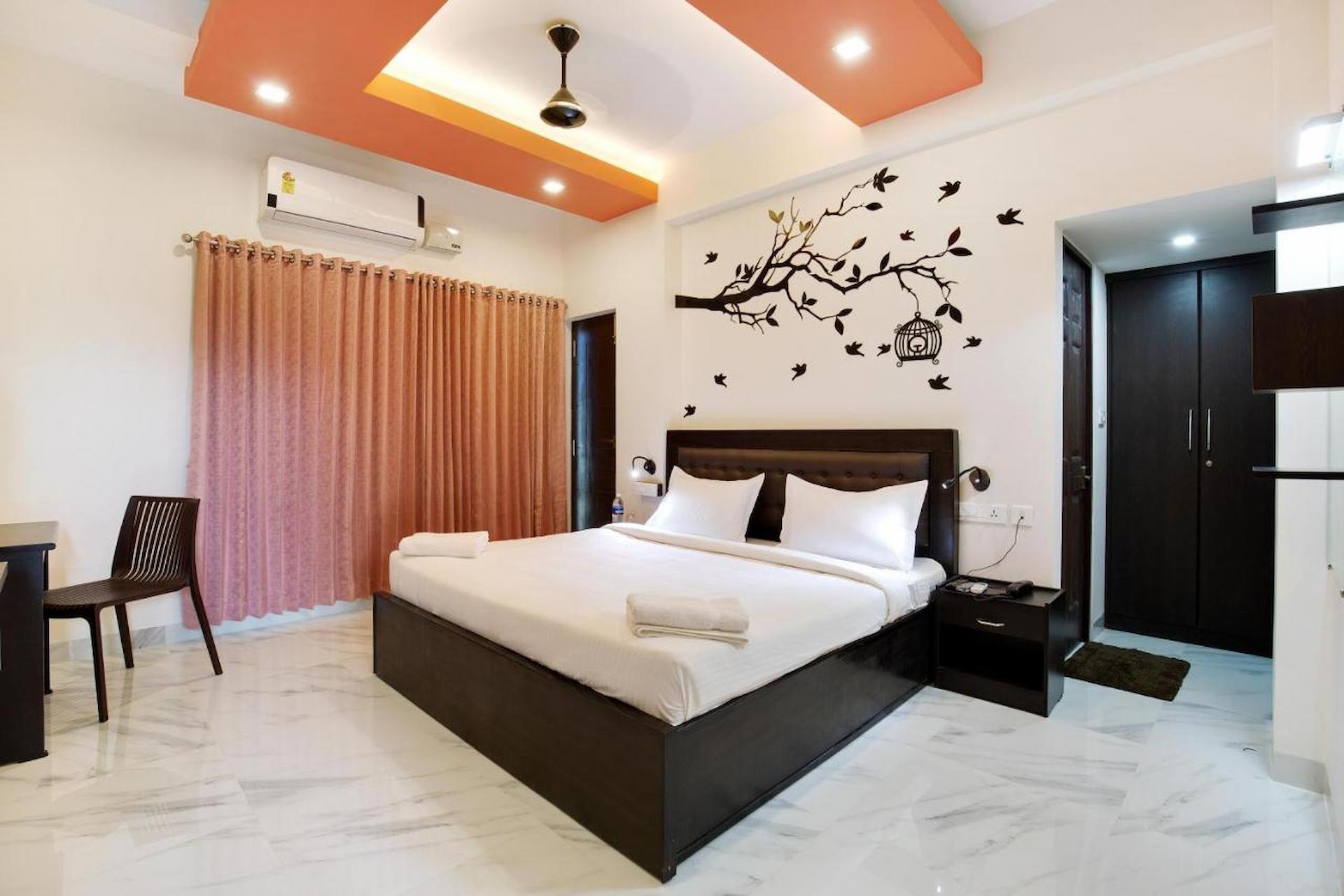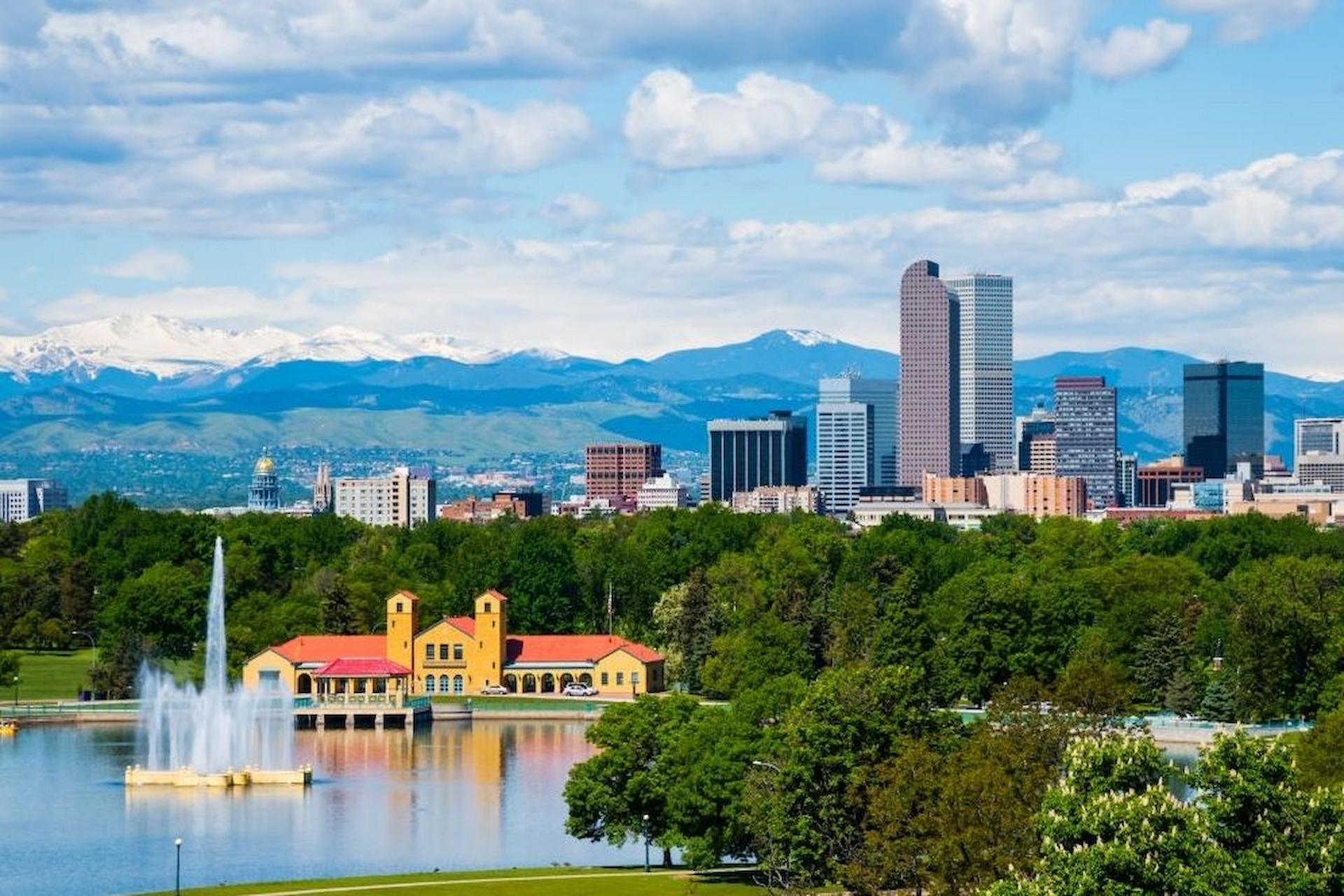From mighty fortifications, to whimsical rock-cut havens, there are distinctive spots to visit in Pune for the history buffs. When home to the Peshwas, Pune was one of the most vital political and social hubs in Maharashtra. With an awe inspiring architecture and some staggering legends identified with them, these spots will transport you back to some other time, leaving you baffled as well as inspired.
Being the closest cousin of the vivacious Mumbai, Pune is the most sorted destination for energetic business visionaries, students and adventure seekers of numerous neighboring Maharashtrian cities. Not only is Pune a buzzing institutional centre of India, but is likewise home to some epic points of interest that even today seem to whisper about the epic Peshwa hold once on this city. So if you are done relishing the wine tasting session at Nagpur, look for the direct Nagpur to Pune flights, and get ready to witness the might of the great Marathas.
Shaniwar Wada
Go out for a stroll around the reminiscents of the Maratha Empire and the famous stories of Peshwa rulers at Shanivar Wada, situated on the Bajirao Road in Pune. Flanked by five humongous entryways and huge stone walls, the sprawling fortification belonged to the great Bajirao I and was known as an essential Indian authoritative centre. Burnt by a savage fire in 1828, the Shaniwar Wada that stands today is remarkable heritage spot in Pune that has huge nurseries, a lotus-shaped fountain and rich greenery alcoves.
Majumdar Wada
It is one of the private structures from the Peshwa Period which has stood immovably through the test of times. Worked by Sardar Abasaheb Mujumdar, the wada is especially connected with Katraj Lake through a store channel. This eighteenth century building has been protected truly well and is a trove of music, holding special copies of 35,000 amalgamations, tappas, ghazals, and thumris in 175 ragas!
Lal Mahal
Built in 1630, the Lal Mahal was built by Shivaji’s dad Shahaji Bhosale for Shahji’s wife Jijabai and Shivaji himself. Shivaji put in around ten years of his childhood here. The Palace was greatly disposed to ambushes by different enemies of Shivaji, and along these lines, the original structure doesn’t exist any more. What stays of it today is a changed type of the first and delineates the life of Shivaji Maharaj amidst the days when he was relied upon to go up against huge assaults from different rulers.
Aga Khan Palace
A champion amongst the most unbelievably chronicled milestones of the Indian mutiny, Pune’s Aga Khan Palace is a tremendous estate, built in 1892 by Sultan Aga Khan III. History fans will basically revere the inner parts of the castle which houses photos, and resources of Mahatma Gandhi. It served as a restorative office for Mahatma Gandhi and Sarojini Naidu amidst the British Raj in 1942-43.
Pataleshwar Temple
Pataleshwar Temple is an admirable rock-cut cavern asylum, situated in Shivaji Nagar of Pune. Made of basalt rocks, the temple premises incorporates an impressive yard with immense square fragments, an umbrella formed shade, expansive patios, a faultlessly cut heavenly place of Nandi and a Shiva linga. Found in the heart of the city, the Pataleshwar Temple a well known site for explorers who wish to see the epic side of Pune.
Pune is a melting pot of a lot of exciting and interesting elements that not only attracts tourists from around, but also lures the young generation for relocating to a place that feels tailor made for them.
Next up, why not take a Pune to Shirdi taxi for a religious tour around this city? Treat for the religious travellers!




